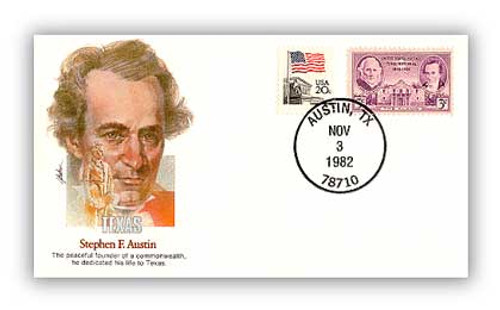
# 126800 - 1982 PRA SF Austin 3c Texas Statehood
Own a Limited-Edition Stephen Austin Commemorative Cover
This neat cover was produced by Fleetwood in 1982 to honor Stephen F. Austin. It features two stamps canceled on Austin's 189th birthday in Austin, Texas, which was named in his honor. It's a neat piece of history. Read on to discover more about Austin's contributions to our nation...
Happy Birthday Stephen Austin
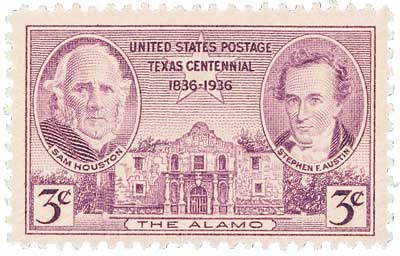
Stephen Fuller Austin was born on November 3, 1793, in Wythe County (present-day Austinville), Virginia. When he was four years old, Austin’s father, Moses, moved the family west to Potosi, Missouri, to join a lead-mining site.
Seven years later Austin was sent back east to attend school. He studied to become a lawyer, and then joined the Missouri Territory legislature. During his time there, Austin has been credited with helping to get a charter for the Bank of St. Louis. After the Panic of 1819 left him without any money, Austin moved to Arkansas Territory. Just two weeks before the 1820 territorial elections, Austin announced he was running for Congress. Though he’d entered the race too late to appear on the ballot in two out of the five counties, Austin managed to place second in the race out of six candidates. Austin briefly served as a judge for the First Circuit Court before moving to Louisiana.
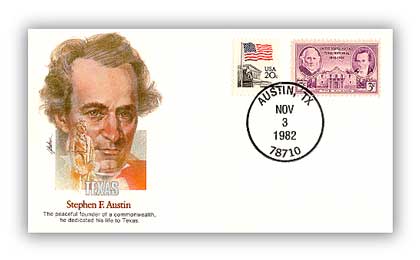
Meanwhile, Austin’s father Moses had received a Spanish grant to move 300 American families, known as The Old 300, to Texas. However, Moses became ill after returning to Missouri and passed the grant onto his son. Though Austin was hesitant at first, he ultimately agreed to help colonize Texas.
In the summer of 1821, Austin led the families some 300 miles on the four-week trip to San Antonio. However, along the journey they discovered that Mexico had declared its independence from Spain and Texas was now a Mexican province and not a Spanish territory. So Austin worked out a new deal and received permission to establish his colony along the Brazos and Colorado Rivers.
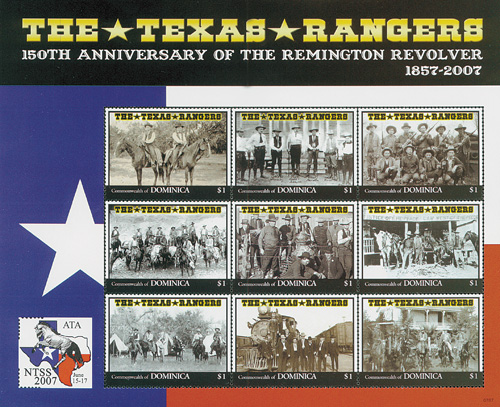
Changes in Mexican law and leadership in the coming years created some issues for Austin, but he was eventually authorized to bring another 900 families to Texas. Austin was essentially their civil and military leader, but he worked to give the colony American laws. They created a constitution and he established a small group of armed guards that eventually became the Texas Rangers. He also attempted to form a Masonic Lodge, but the Mexican government eventually outlawed it and he agreed it wasn’t a good idea for the time.
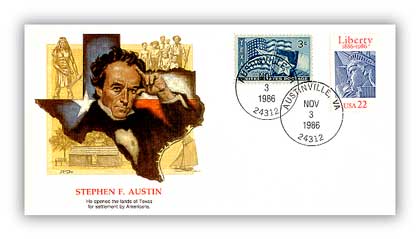
In 1832, Austin supported the Mexican government and raised troops to fight against the Fredonian Rebellion, sometimes considered to be the start of the Texas Revolution. By this time, he had about 11,000 colonists, but they didn’t always support his cautious leadership. Additionally, the Mexican government grew weary of their relationship because the U.S. government had begun attempting to buy the area from them.
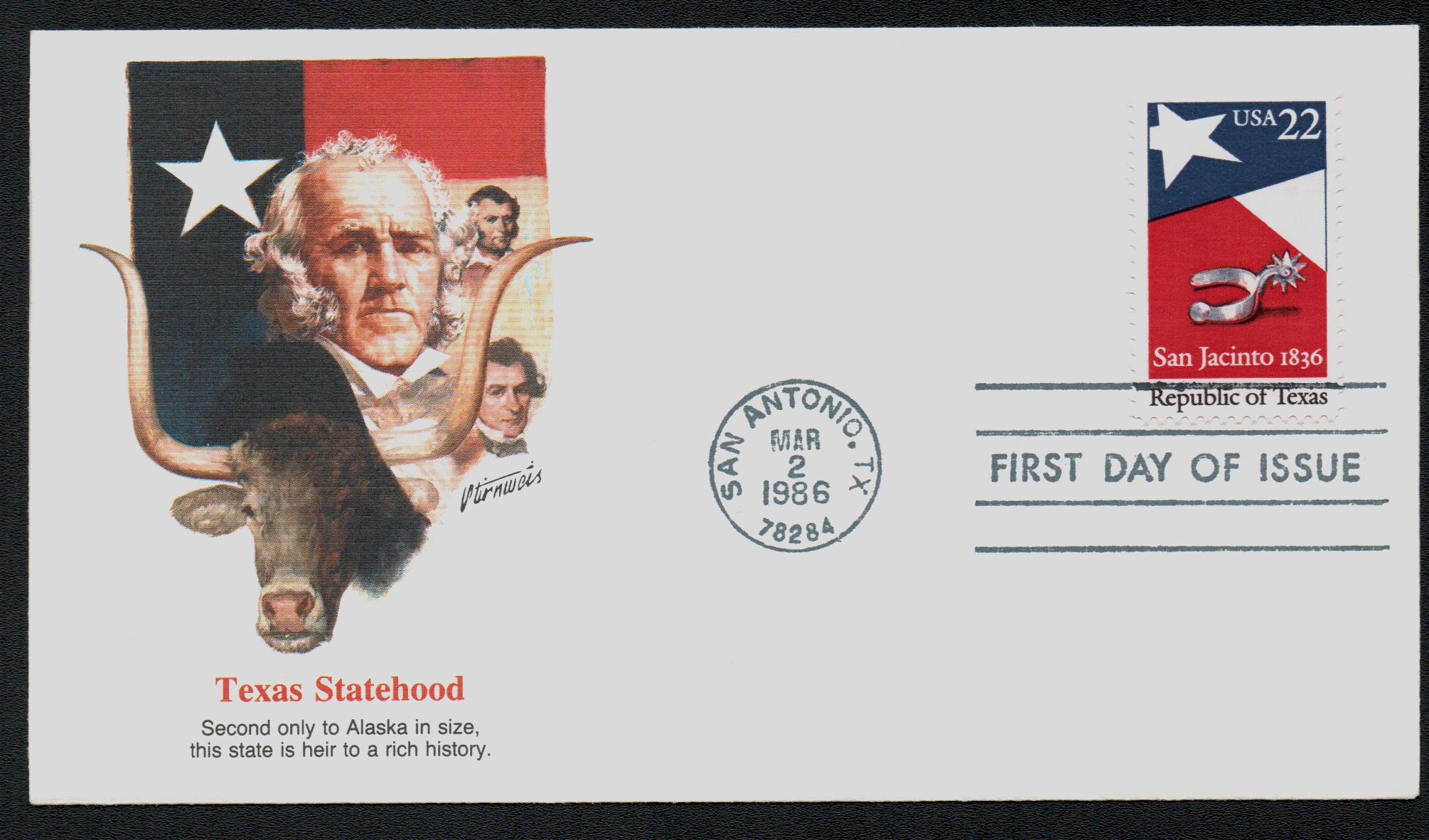
Then, in January 1834, the Mexicans, who believed he supported Texas’ independence, suddenly arrested Austin. He was moved from prison to prison throughout the year, but ultimately freed that December and he returned to Texas the following August. While he was imprisoned, tensions had brewed, leading to the Texas Revolution. Upon returning, Austin took command of Texan forces at the Siege of Béxar in late 1835.
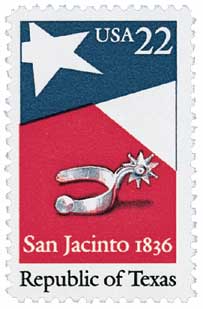
Austin resigned his command after that battle and became a commissioner to the United States. He and two other men went to the U.S. government to get money, volunteers and supplies for the revolution. Within a year, the revolution was over and Austin was in the running to become the first president of Texas. However, he was running against Sam Houston, a hero of the revolution, and ultimately lost.
President Houston made Austin his secretary of state. However, Austin came down with a bad cold which doctors were unable to help him recover from and he died on October 27, 1836. His last words were, “The independence of Texas is recognized! Don’t you see it in the papers?” And when Houston heard of Austin’s death, he announced, “The Father of Texas is no more; the first pioneer of the wilderness has departed.”
The city of Austin, Texas, was created and made the republic’s capital in 1839 in Stephen Austin’s
Own a Limited-Edition Stephen Austin Commemorative Cover
This neat cover was produced by Fleetwood in 1982 to honor Stephen F. Austin. It features two stamps canceled on Austin's 189th birthday in Austin, Texas, which was named in his honor. It's a neat piece of history. Read on to discover more about Austin's contributions to our nation...
Happy Birthday Stephen Austin

Stephen Fuller Austin was born on November 3, 1793, in Wythe County (present-day Austinville), Virginia. When he was four years old, Austin’s father, Moses, moved the family west to Potosi, Missouri, to join a lead-mining site.
Seven years later Austin was sent back east to attend school. He studied to become a lawyer, and then joined the Missouri Territory legislature. During his time there, Austin has been credited with helping to get a charter for the Bank of St. Louis. After the Panic of 1819 left him without any money, Austin moved to Arkansas Territory. Just two weeks before the 1820 territorial elections, Austin announced he was running for Congress. Though he’d entered the race too late to appear on the ballot in two out of the five counties, Austin managed to place second in the race out of six candidates. Austin briefly served as a judge for the First Circuit Court before moving to Louisiana.

Meanwhile, Austin’s father Moses had received a Spanish grant to move 300 American families, known as The Old 300, to Texas. However, Moses became ill after returning to Missouri and passed the grant onto his son. Though Austin was hesitant at first, he ultimately agreed to help colonize Texas.
In the summer of 1821, Austin led the families some 300 miles on the four-week trip to San Antonio. However, along the journey they discovered that Mexico had declared its independence from Spain and Texas was now a Mexican province and not a Spanish territory. So Austin worked out a new deal and received permission to establish his colony along the Brazos and Colorado Rivers.

Changes in Mexican law and leadership in the coming years created some issues for Austin, but he was eventually authorized to bring another 900 families to Texas. Austin was essentially their civil and military leader, but he worked to give the colony American laws. They created a constitution and he established a small group of armed guards that eventually became the Texas Rangers. He also attempted to form a Masonic Lodge, but the Mexican government eventually outlawed it and he agreed it wasn’t a good idea for the time.

In 1832, Austin supported the Mexican government and raised troops to fight against the Fredonian Rebellion, sometimes considered to be the start of the Texas Revolution. By this time, he had about 11,000 colonists, but they didn’t always support his cautious leadership. Additionally, the Mexican government grew weary of their relationship because the U.S. government had begun attempting to buy the area from them.

Then, in January 1834, the Mexicans, who believed he supported Texas’ independence, suddenly arrested Austin. He was moved from prison to prison throughout the year, but ultimately freed that December and he returned to Texas the following August. While he was imprisoned, tensions had brewed, leading to the Texas Revolution. Upon returning, Austin took command of Texan forces at the Siege of Béxar in late 1835.

Austin resigned his command after that battle and became a commissioner to the United States. He and two other men went to the U.S. government to get money, volunteers and supplies for the revolution. Within a year, the revolution was over and Austin was in the running to become the first president of Texas. However, he was running against Sam Houston, a hero of the revolution, and ultimately lost.
President Houston made Austin his secretary of state. However, Austin came down with a bad cold which doctors were unable to help him recover from and he died on October 27, 1836. His last words were, “The independence of Texas is recognized! Don’t you see it in the papers?” And when Houston heard of Austin’s death, he announced, “The Father of Texas is no more; the first pioneer of the wilderness has departed.”
The city of Austin, Texas, was created and made the republic’s capital in 1839 in Stephen Austin’s

